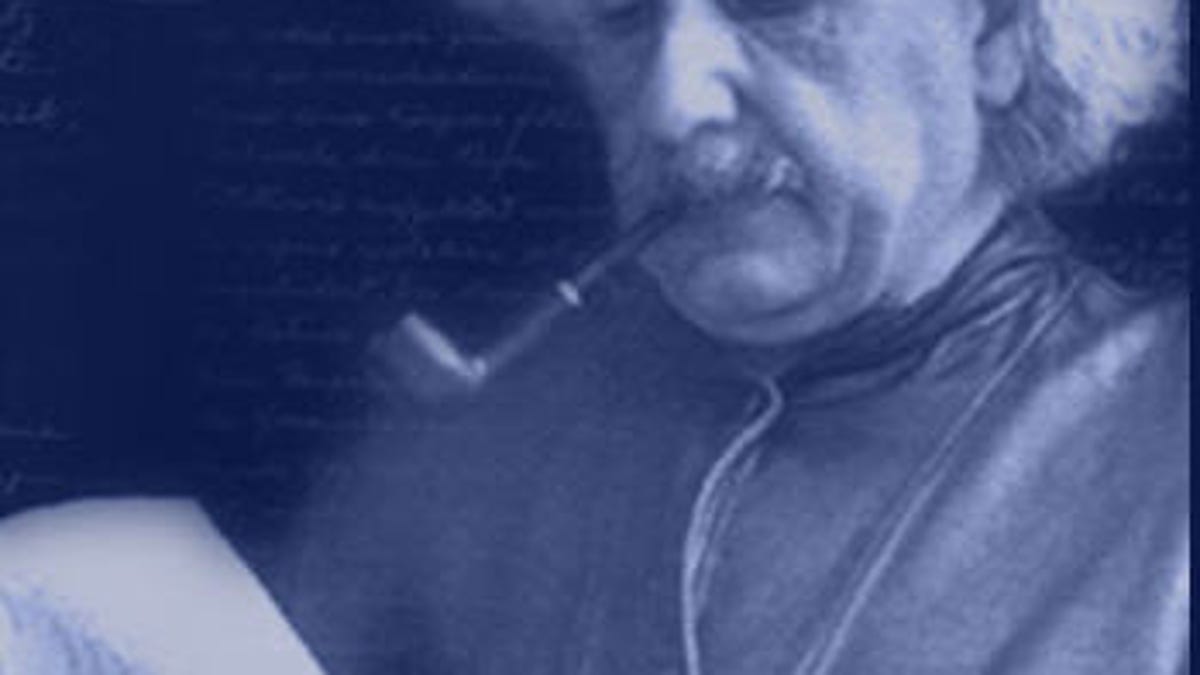New iPad app shows inner workings of Einstein's brain
The National Museum of Health and Medicine launches an interactive app with 350 scanned and digitized slides of Albert Einstein's brain.

The story goes that one of the world's greatest geniuses had a slightly different shaped brain than mere mortals. Now anyone can verify the tale for themselves with a new
The National Museum of Health and Medicine Chicago launched an interactive app today that has about 350 scanned and digitized slides of Albert Einstein's brain, according to the Associated Press. The goal of the app is to give scientists, students, and anyone else who is curious the opportunity to see into the inner workings of the genius's brain.
"I can't wait to find out what they'll discover," consultant for the museum Steve Landers told the Associated Press. "I'd like to think Einstein would have been excited."
When Einstein died in 1955, a pathologist named Thomas Harvey removed his brain, preserved it, and later gave samples to researchers. Studies have found that parts of Einstein's brain were bigger than normal -- most specifically those that focus on learning and understanding math and spatial relationships.
According to the Associated Press, the iPad app, which costs $9.99, organizes the slides into general brain regions. However, the virtuoso's entire brain is not on display since researchers were never able to map certain portions of it.
Despite the missing segments, the museum is pleased that what is available has been digitally preserved and anyone is free to study it. Museum board member Jim Paglia told the Associated Press that the app could "inspire a whole new generation of neuroscientists."

